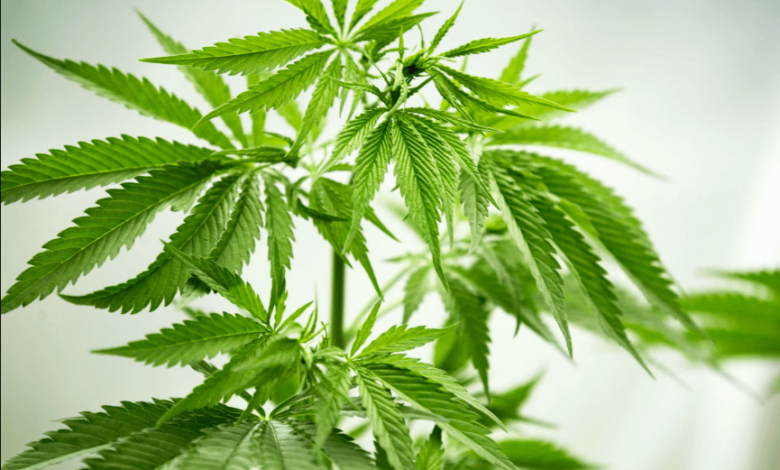Indica vs. Sativa: Understanding the Differences

When it comes to cannabis, there are two main types of strains: indica and sativa. While both types have their own unique characteristics, they also have some significant differences. In this blog, we’ll explore the differences between indica and sativa, their effects, and how to choose the right strain for your needs.
What are Indica and Sativa?
Indica and sativa are two types of cannabis plants that differ in their physical and chemical characteristics. Indica plants are typically shorter and bushier, with wider leaves and a shorter flowering time. They originated in the Hindu Kush mountains of Afghanistan and are known for their sedative and relaxing effects.
Sativa plants, on the other hand, are taller and thinner, with narrower leaves and a longer flowering time. They originated in equatorial regions such as Southeast Asia, Central America, and Africa and are known for their energizing and uplifting effects.
Chemical Composition
One of the key differences between indica and sativa is their chemical composition. Indica strains tend to have higher levels of CBD (cannabidiol), a non-psychoactive cannabinoid that is known for its
anti-inflammatory and pain-relieving properties. Sativa strains, on the other hand, tend to have higher levels of THC (tetrahydrocannabinol), the psychoactive cannabinoid that is responsible for the “high” associated with cheap weed use.
Effects
Indica and sativa strains also have different effects on the body and mind. Indica strains are known for their relaxing and sedative effects, making them a good choice for people who want to unwind and
de-stress. They can also be helpful for people who suffer from chronic pain, anxiety, or insomnia.
Sativa strains, on the other hand, are known for their energizing and uplifting effects. They can help to improve mood, increase creativity, and promote productivity. Sativa strains are a good choice for people who want to stay focused and alert during the day.
Medical Benefits
Both indica and sativa strains have medical benefits, but they are best suited for different conditions. Indica strains are ideal for people who suffer from chronic pain, muscle spasms, and anxiety. They can also be helpful for people who have trouble sleeping. Sativa strains, on the other hand, are better suited for people who suffer from depression, ADHD, and other mood disorders.
Choosing the Right Strain
Choosing the right strain of cannabis is essential to getting the desired effects. If you’re looking for a strain to help you relax and unwind, an indica strain is the way to go. If you need to stay focused and productive, a sativa strain is a better choice.
It’s also important to consider the THC and CBD levels in the strain. If you’re new to cannabis or have a low tolerance, a strain with a higher CBD to THC ratio is a good choice. This will give you the medical benefits of cannabis without the psychoactive effects.
Conclusion
In conclusion, indica and sativa strains have their own unique characteristics and effects. Indica strains are known for their relaxing and sedative effects, while sativa strains are known for their energizing and uplifting effects. Both types of strains have medical benefits, but they are best suited for different conditions. When choosing a strain, it’s important to consider your needs and preferences, as well as the THC and CBD levels in the strain. By understanding the differences between indica and sativa, you can make an informed decision about which strain is right for you.
